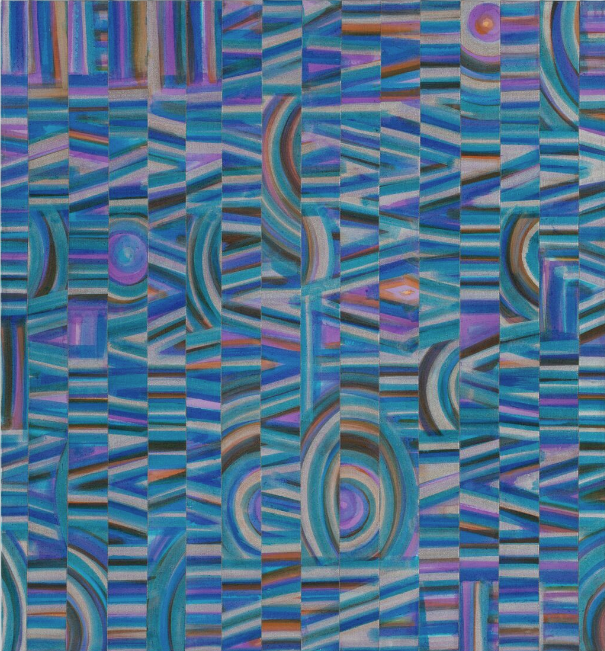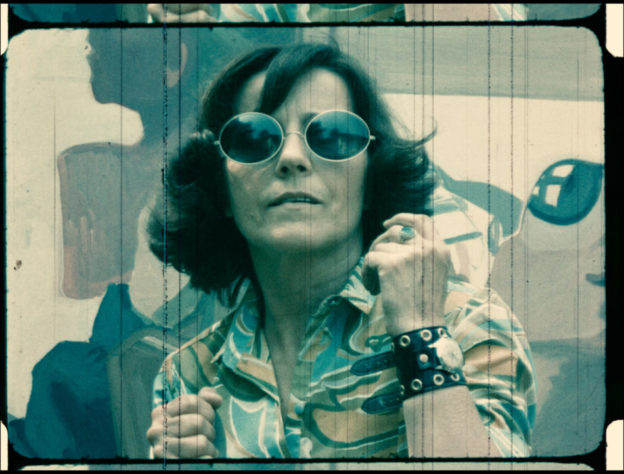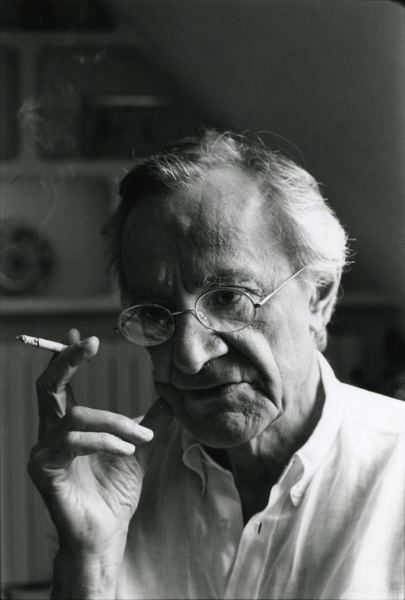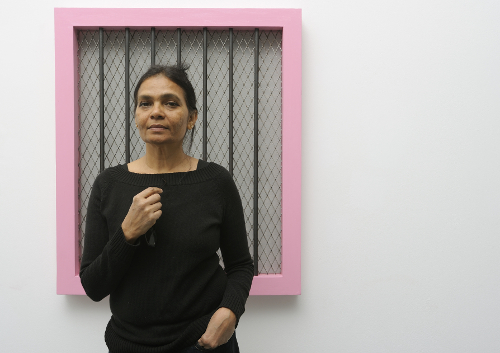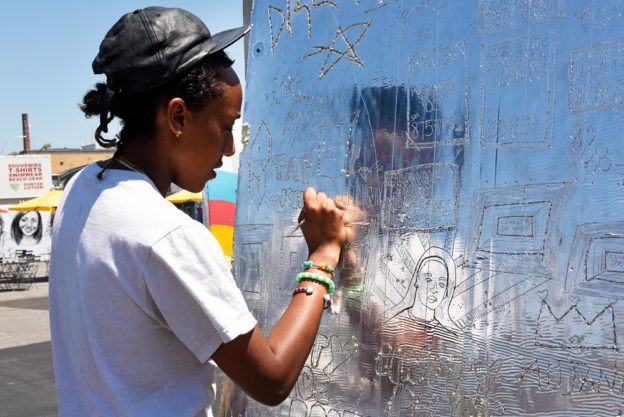
The most interesting thing for me now is to make sure that the planet is going in the right direction. I keep the words sky, water, earth, fire in my mind. Those are the elements, and that’s what my work has come to be about. That’s what I’m about… When I think about my painting and the political and the planet, it’s about the hope that it’s not too late and that people can still get together and in whatever small way make a difference that adds up. As far as physical strength and ability goes, I’m very weak, of course, because of my age, but I still can paint, I can still draw. And so that’s my contribution…
I enjoy life, and I feel I’ve been different people. I was a different person, for example, when I did these very sexy drawings and paintings of my body, looking at my body. [Laughs] It’s the truth. Sex was all I could think about…

When I used to go to my house in Taos, New Mexico, and go to watch tribal dances, they wouldn’t ask me if I was Indian; they would say, “What tribe are you?” I would say, “Venezuelan.’”And they’d say, “I’ve never heard of that one!”… Within myself, I felt that I was Indian. I felt that very much when I went to the dances, because the tribes had a complete attitude towards the earth, that it was alive. I remember asking why the dances in the winter were different from the summer dances. A lot of stomping went on in the summer. I asked a man about this once, and he said, “Because the earth is asleep, of course, in winter.” Instead of stomping, they drag the foot, so as not to wake the earth. It’s an attitude toward the planet as a living thing. — Luchita Hurtado*


Frieze Los Angeles brings Hans Ulrich Obrist to the city for a conversation with Hurtado, who worked with the curator on her retrospective I LIVE I DIE I WILL BE REBORN—which opens at LACMA on February 16..
The discussion will be moderated by Jennifer King, associate curator of Contemporary Projects at LACMA.

LUCHITA HURTADO and HANS ULRICH OBRIST IN CONVERSATION
Saturday, February 15, at 2 pm.
LACMA
5905 Wilshire Boulevard, Los Angeles.
*“The Painter and the Planetarian: Luchita Hurtado in Conversation with Andrea Bowers,” Ursula 2 (Spring 2019).
Also see the monograph I LIVE I DIE I WILL BE REBORN.

Luchita Hurtado, from top: Untitled, 1973, oil on canvas and thread, photograph by Brian Forrest; Encounter, 1971, oil on canvas; Untitled, 1975, oil on canvas, photograph by Jeff McLane; Untitled, 1971, photograph by McLane; The Umbilical Cord of the Earth is the Moon, 1977, oil on canvas, photograph by McLane; Untitled, circa 1951, Los Angeles County Museum of Art, photograph by Genevieve Hanson; Untitled, 1972, oil on canvas, photograph by Hanson; Luchita Hurtado—I Live I Die I Will Be Reborn monograph cover, image courtesy and © Walther König.
Photograph of Luchita Hurtado by Man Ray, 1947, courtesy and © Man Ray 2015 Trust/Artists Rights Society, New York / Adagp, Paris. Artwork images courtesy and © Hurtado and Hauser & Wirth.



